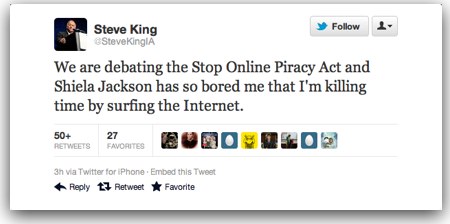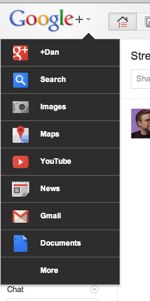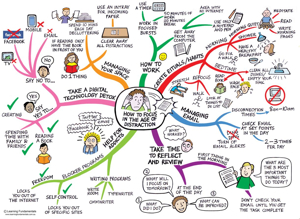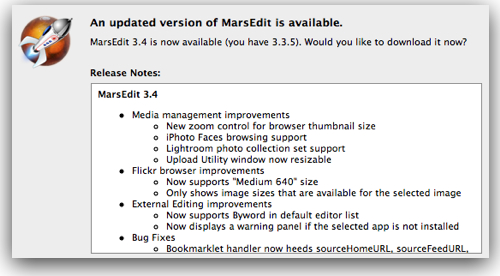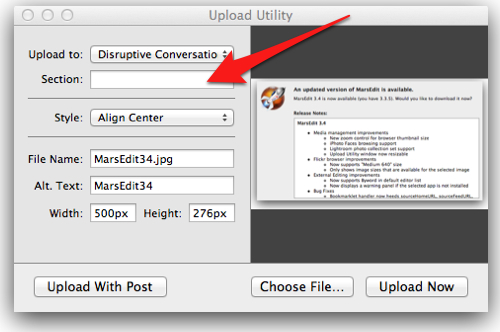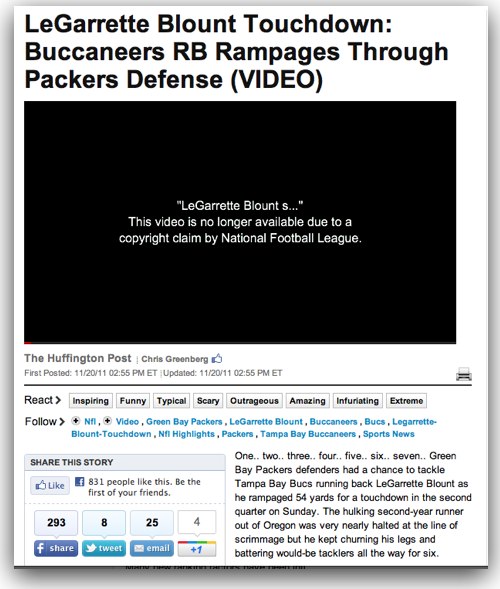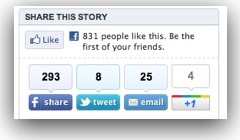
Are you aware that on January 12, 2011, a fundamental change to the Internet’s naming infrastructure is beginning? Are you thinking about what it means to your company or organization?
What’s going on?
On that date, the Internet Corporation for Assigned Names and Numbers (ICANN) starts taking applications for new “generic top-level domains (gTLDs). Here are five critical facts:
1. The gTLD process may result in 10s or 100s of new top-level domains
A “top-level domain” (TLD) is the final part of a domain name. Originally there were only eight TLDs:
.com .edu .gov .int .mil .net .org .arpa
ICANN was awarded the contract to manage the DNS system in 1998 and engaged in two rounds of domain expansion in 2000 and 2004 that resulted in the addition of 15 more domains (see the ICANN agreements):
.aero .asia .biz .cat .coop .info .jobs .mobi .museum .name .post .pro .tel .travel .xxx
Additionally, there are 250-ish two-letter “country code top-level domains (ccTLDs)” that are handled by each nation. (And some of those ccTLDs are available commercially to anyone such as “.tv”. “.me”, “.co”, etc.)
This new round of domain name expansion happening comes after about an 18-month process by ICANN to engage many different stakeholders in the process. It will allow anyone who can meet the criteria to establish a “registry” for a new domain name. ICANN created a video that explains the program:
2. These New Domain Names Will Most Likely Not Be Out Until 2013
On January 12, 2012, the application process will start for entities that want to apply to register a new gTLD. As explained in the Applicant Guidebook, the process is quite lengthy and involves a significant amount of both technical and business due diligence. It also costs $185,000 USD just to apply, plus the additional costs of setting up the business, technical infrastructure, etc.
The application process closes on April 12, 2012, and given the lengthy process the earliest that new gTLDs would most likely become available is early 2013.
3. You Need To Watch The gTLD Applicants To Ensure No Trademark Issues
ICANN has stated that “approximately 2 weeks after the close of the application window, ICANN will post the public portions of all applications that have been received on our website. At this time, the formal objection period will begin and will last for approximately 7 months.” (See Section 4.1 of ICANN’s gTLD FAQ.)
ICANN has stated that at the current time they will NOT be notifying brand name / trademark holders of applications using their brand/trademark (see Section 1.12 of the FAQ), so you need to pay attention to what is being proposed.
4. There Is An Opportunity Here for Brands
If your company/organization has both the financial and technical capability to operate a gTLD registry, there is a great potential here for carving out your area of the Internet. For instance, Ford Motor Company could register “.ford” and then start using domains such as:
cars.ford
trucks.ford
about.ford
support.ford
…
The beautiful thing about operating your own gTLD is that:
You do NOT have to let anyone else use it!
It can be your own top-level domain name that no one else on the global Internet can use. gTLD operators set all the rules for how the domain is to be operated – and can choose to not let anyone else use it… or set specific criteria for people wanting to use the domain.
Again, it’s very definitely NOT an easy process to get started, but it is something that some larger brands certainly may want to consider. (There is also no guarantee that consumers would accept these new gTLDs and might keep trying to tack .com onto the end!)
5. Communicators Will Need To Monitor These New gTLDs for Defensive Registrations
Once these new gTLDs start appearing in 2013 or so, communicators will of course need to monitor the success (or not) of these new gTLDs and consider whether or not they want to defensively register their brand/name/etc. in the new gTLDs.
This has been the harshest critique of the new gTLD program – namely that it creates a massive problem for brand/trademark holders and will create additional cost for them to register in each of these new domains. There have even been hearings in the US House and Senate related to these concerns and numerous editorials and online articles about this. (one example – and an ICANN response)
However, all current signs are that the launch of the application process WILL go ahead as planned on January 12, 2012. The application process does require each new gTLD to have a “Sunrise” period where entities can register new domains with specific brands/trademarks in advance of the open public registration… but that again will be something communicators will need to monitor.
LEARN MORE…
ICANN has established a section of their site specifically about the generic Top-Level Domain program:
Of particular value may be the FAQ:
http://newgtlds.icann.org/applicants/customer-service/faqs (direct link in English)
For those seriously interested or wanting more of the details, the Applicant Guidebook is critical:
There has been a great amount of discussion about this ICANN program in various parts of the media. One site I have found extremely useful has been CircleID and their specific page tracking TLDs is here:
Now, the reality is that this entire gTLD program could completely fail. There may not be enough applicants… or consumers may simply not accept any of the new domains. Certainly some of the already-approved gTLDs have not found widespread acceptance.
Still, this new expansion of top-level domains seems pretty certain to move ahead – and as communicators we all need to stay on top of what is going on here and understand what we may or may not need to do.
If you found this post interesting or useful, please consider either:
- following me on Twitter;
- adding me to a circle on Google+;
- subscribing to my email newsletter; or
- subscribing to the RSS feed.
